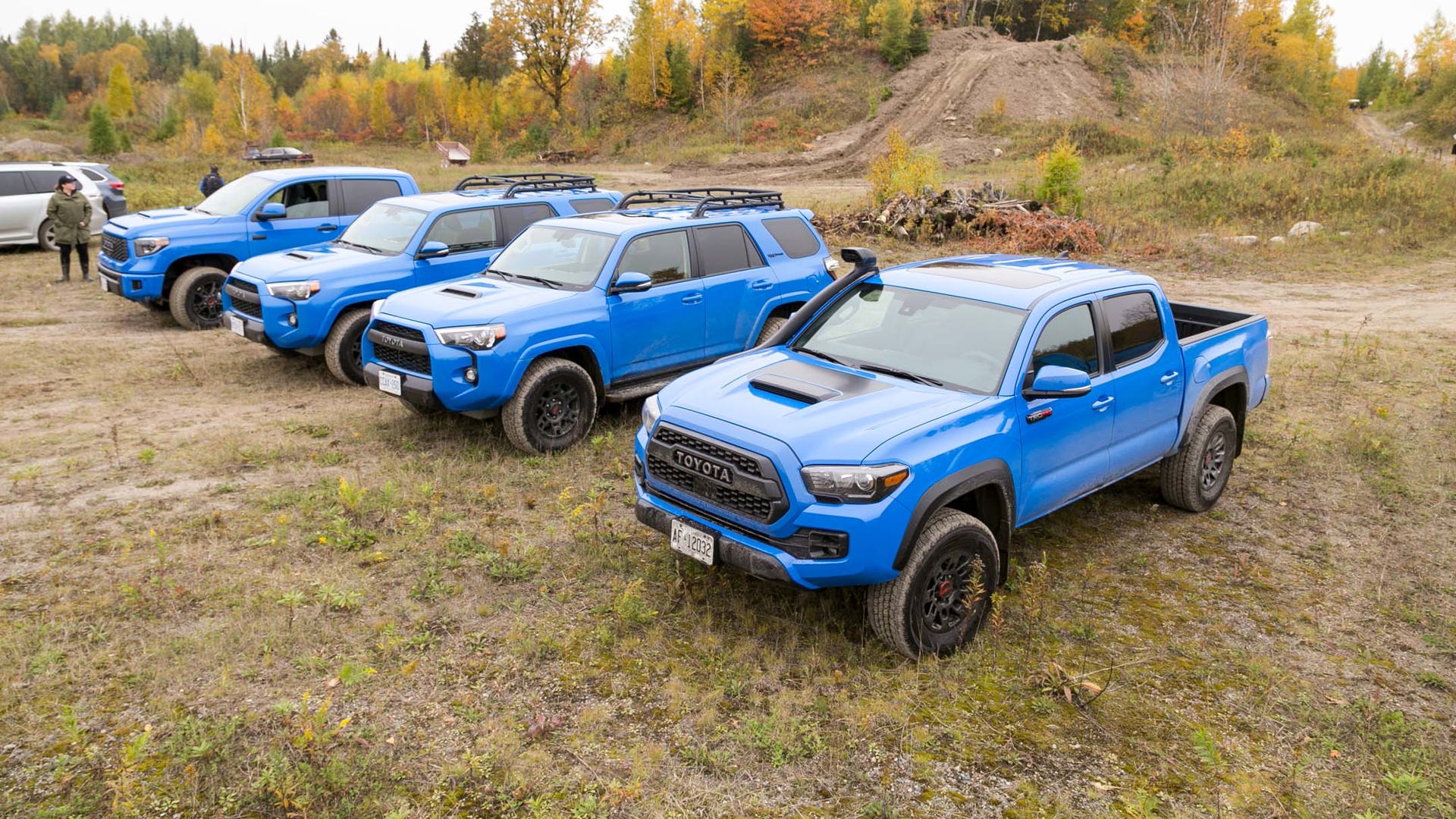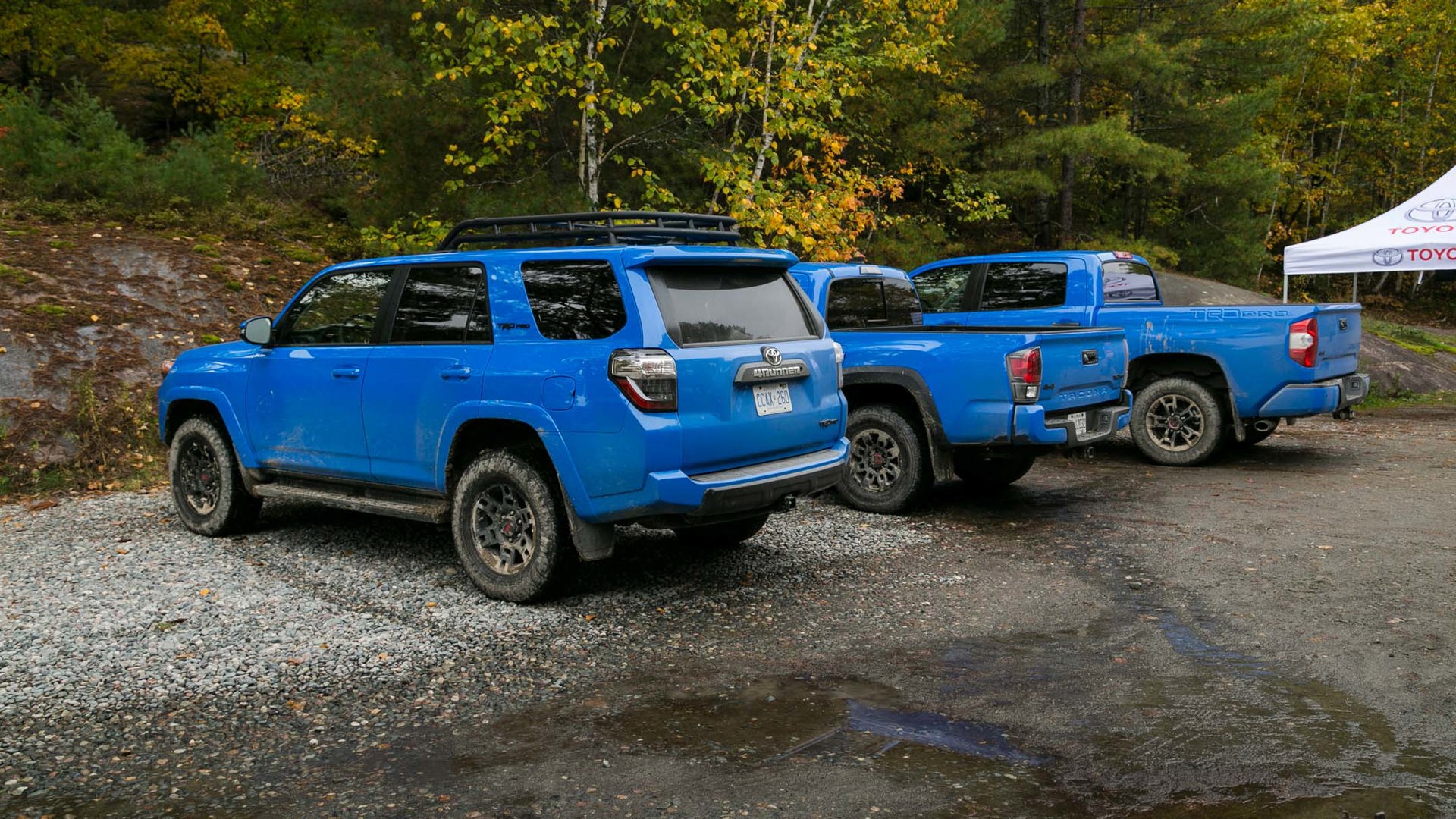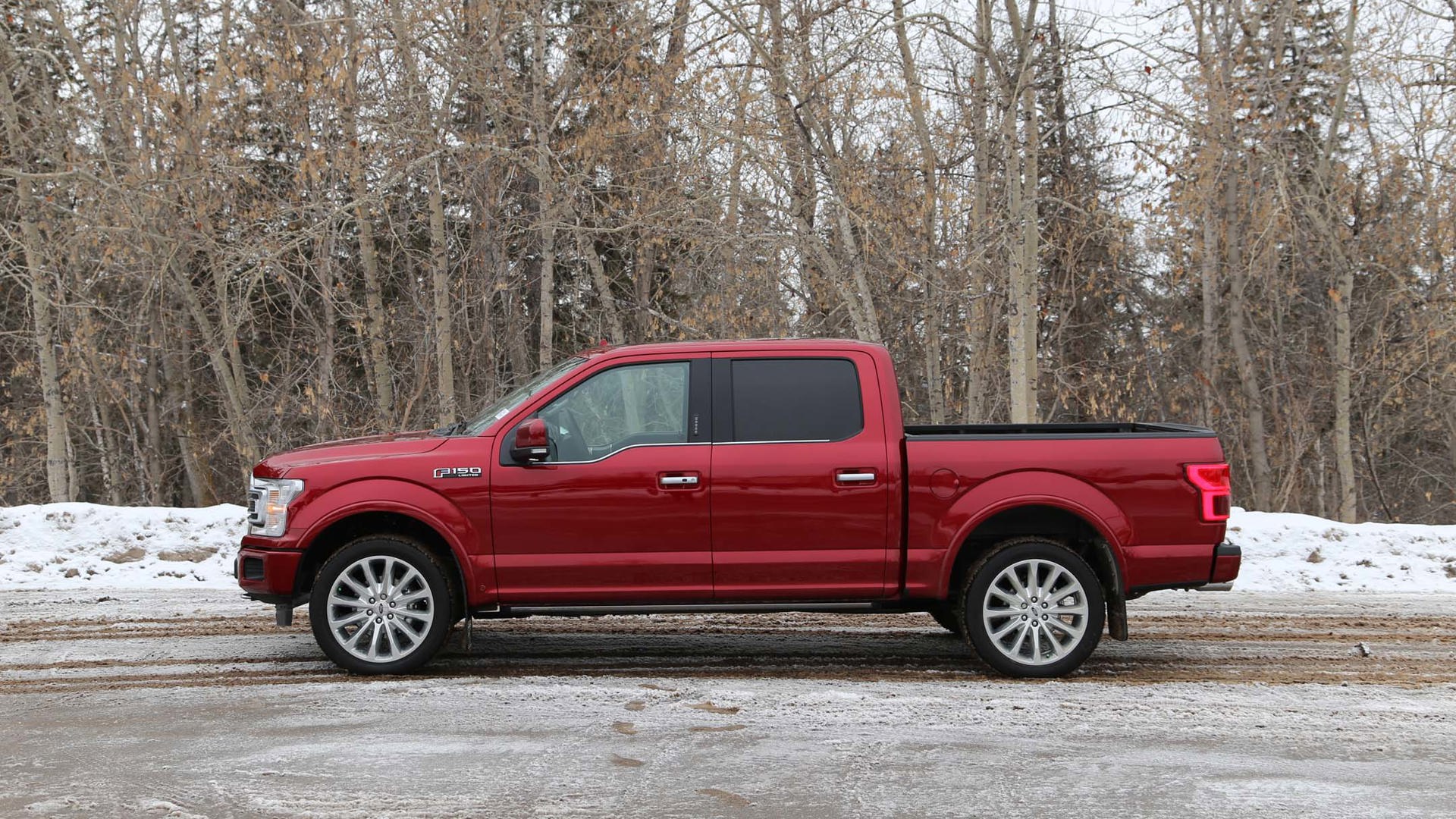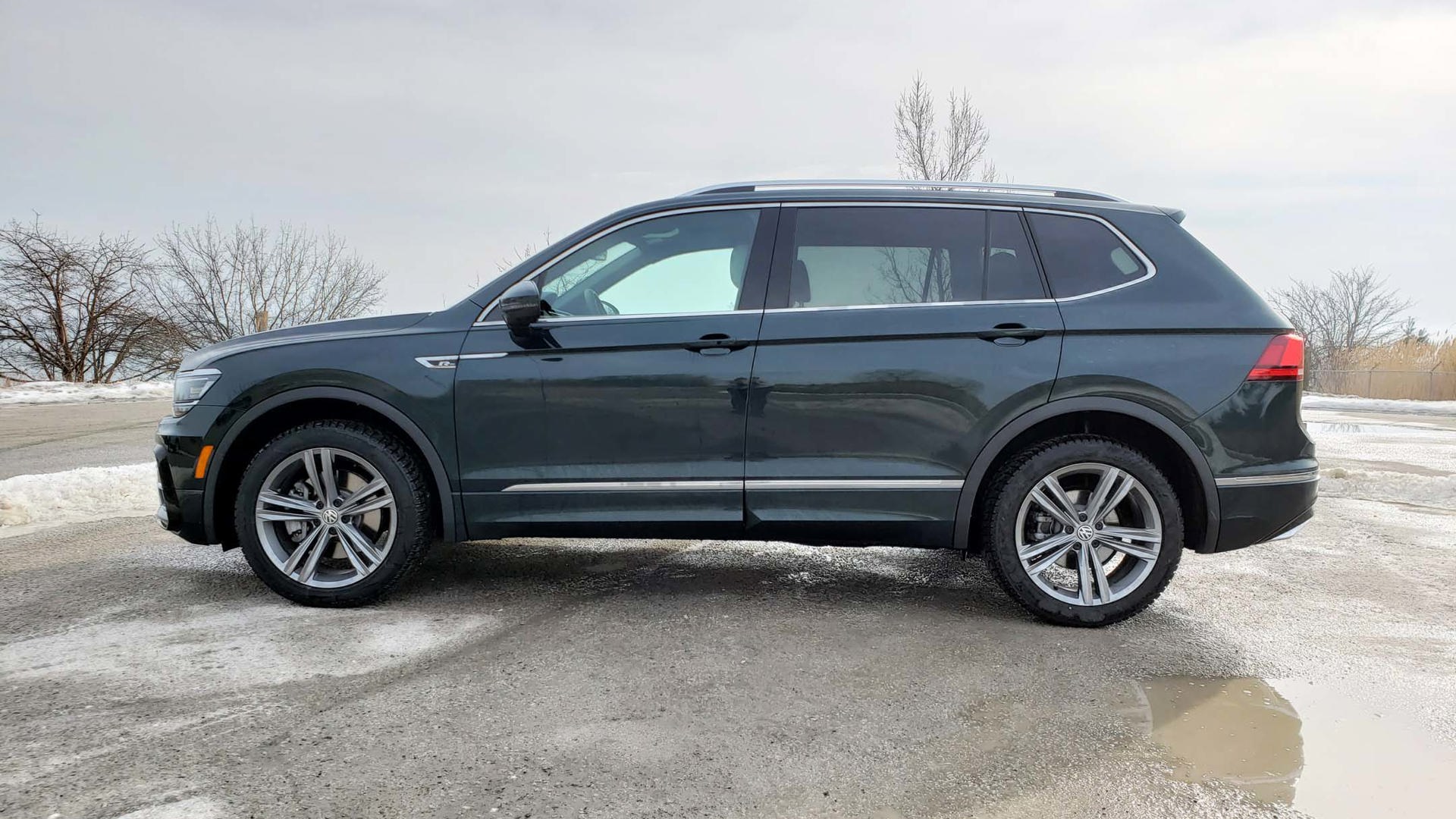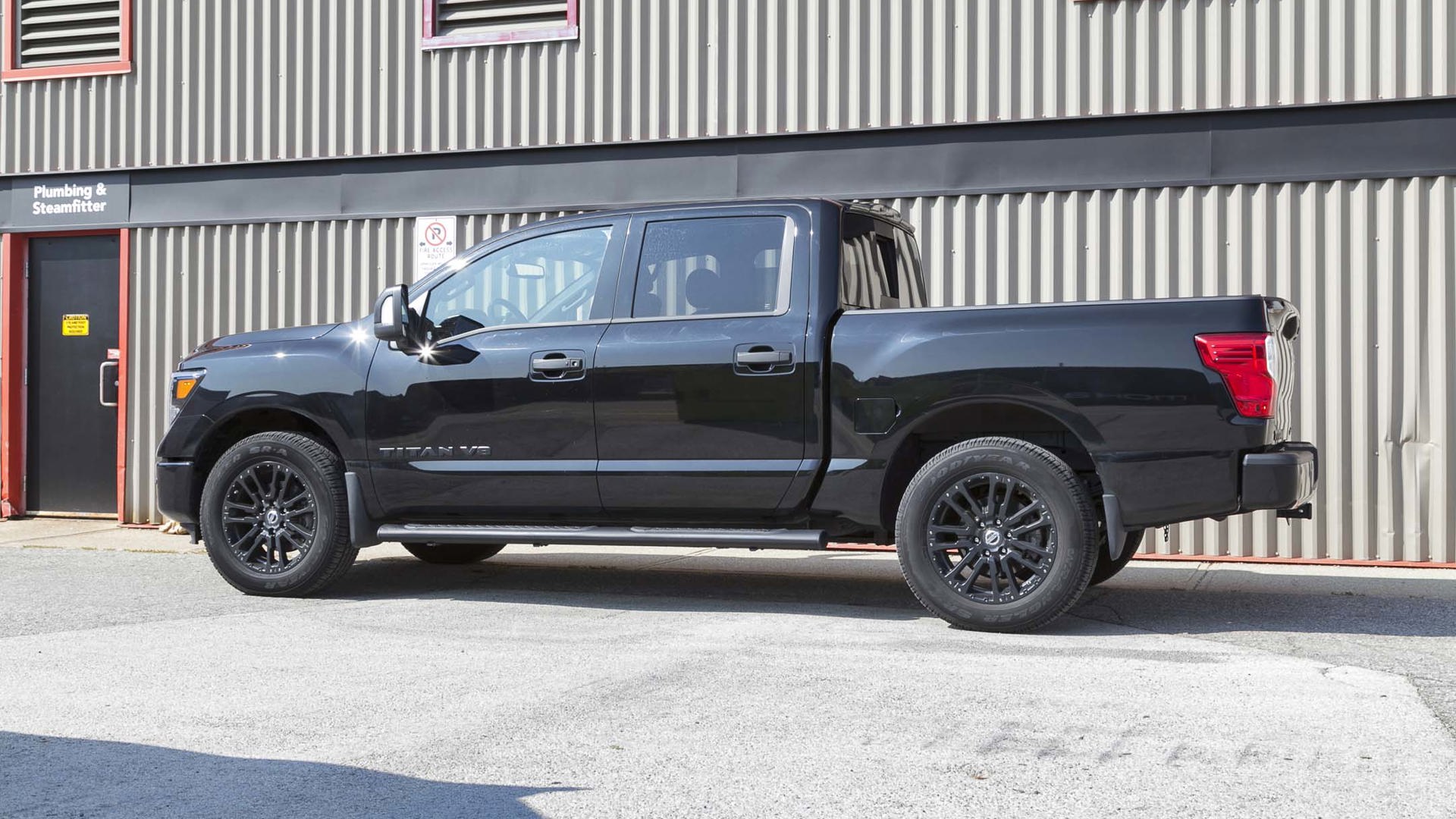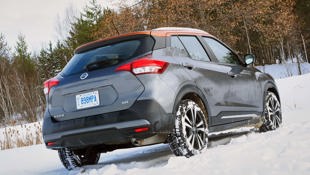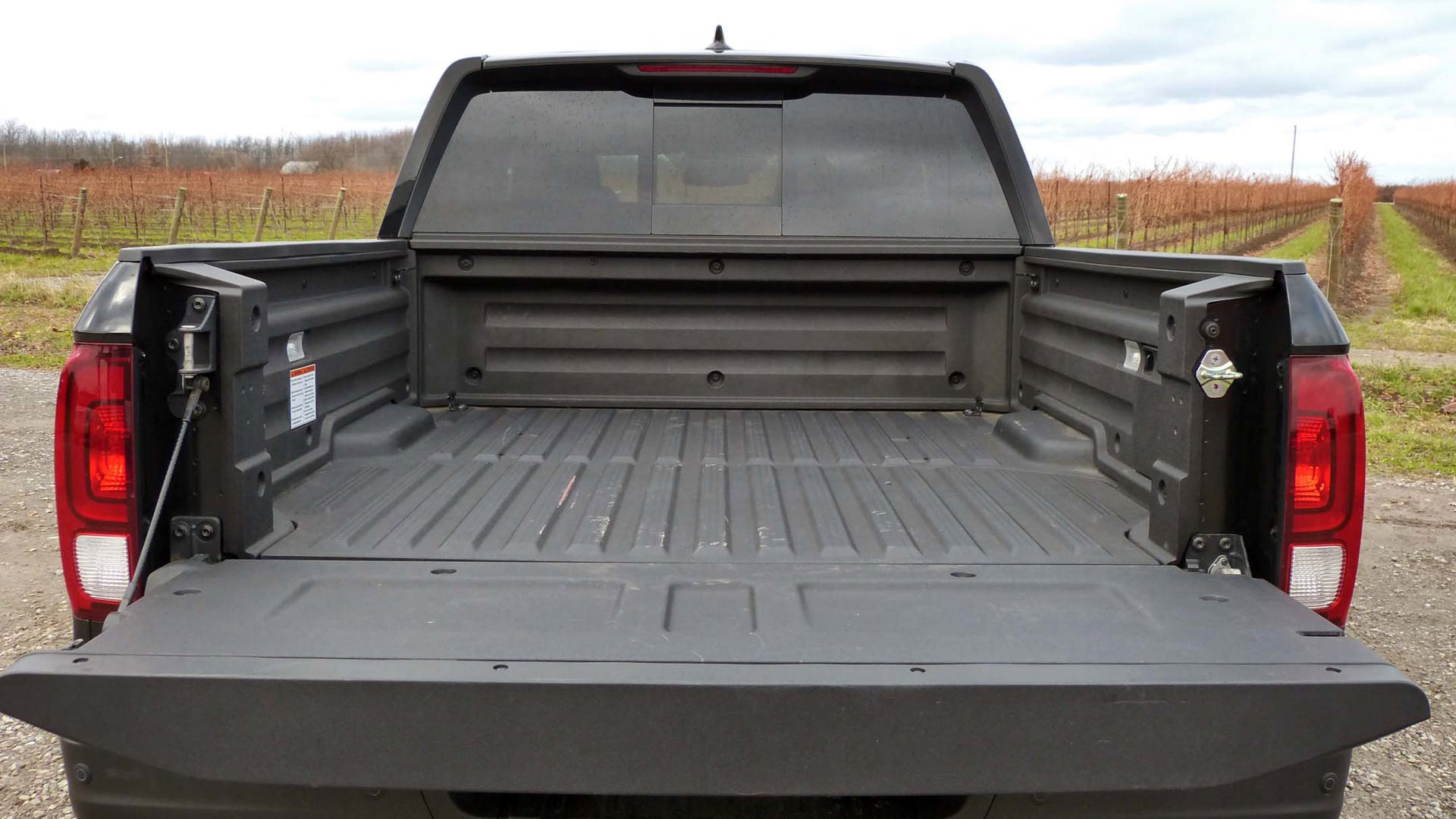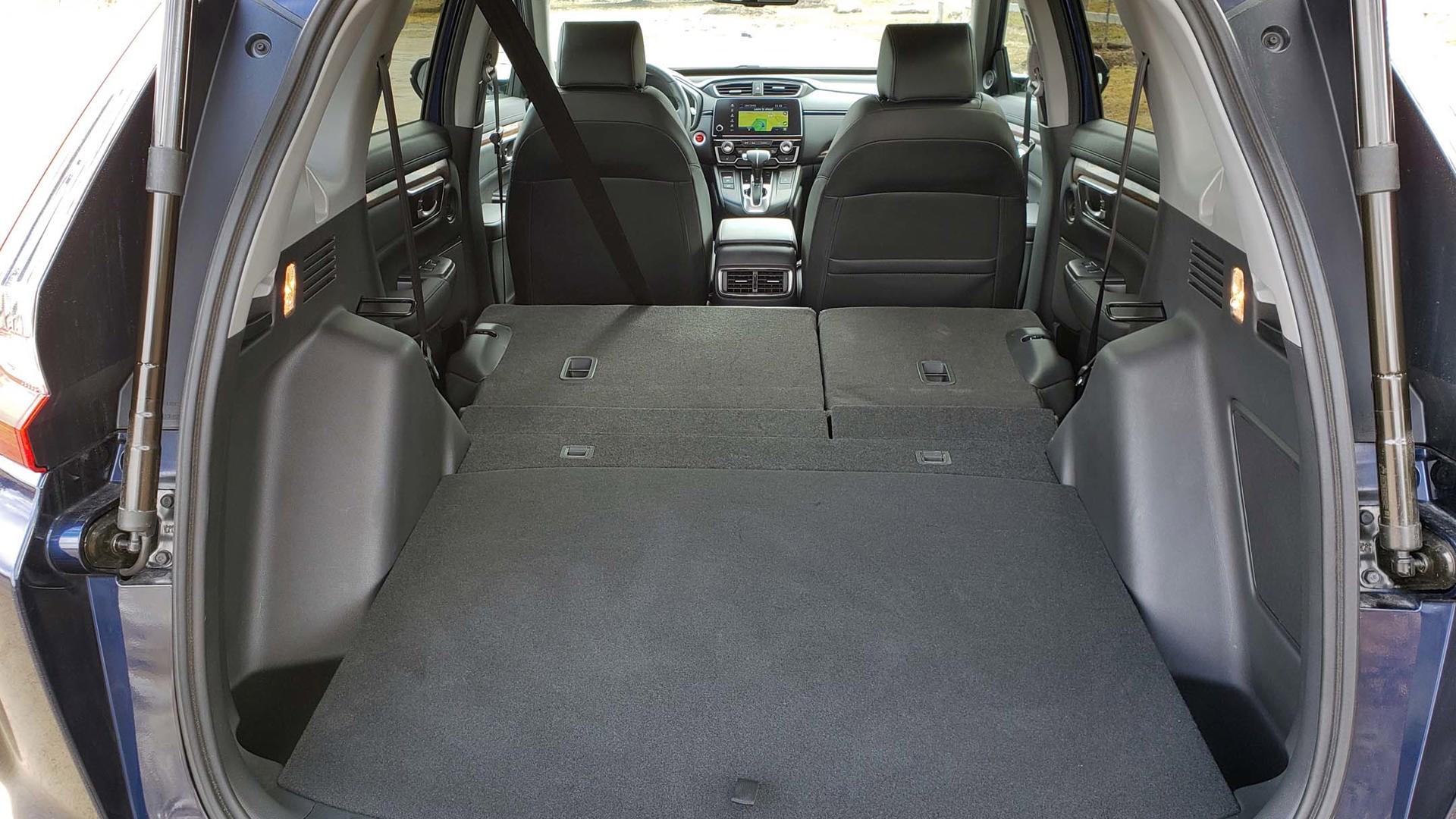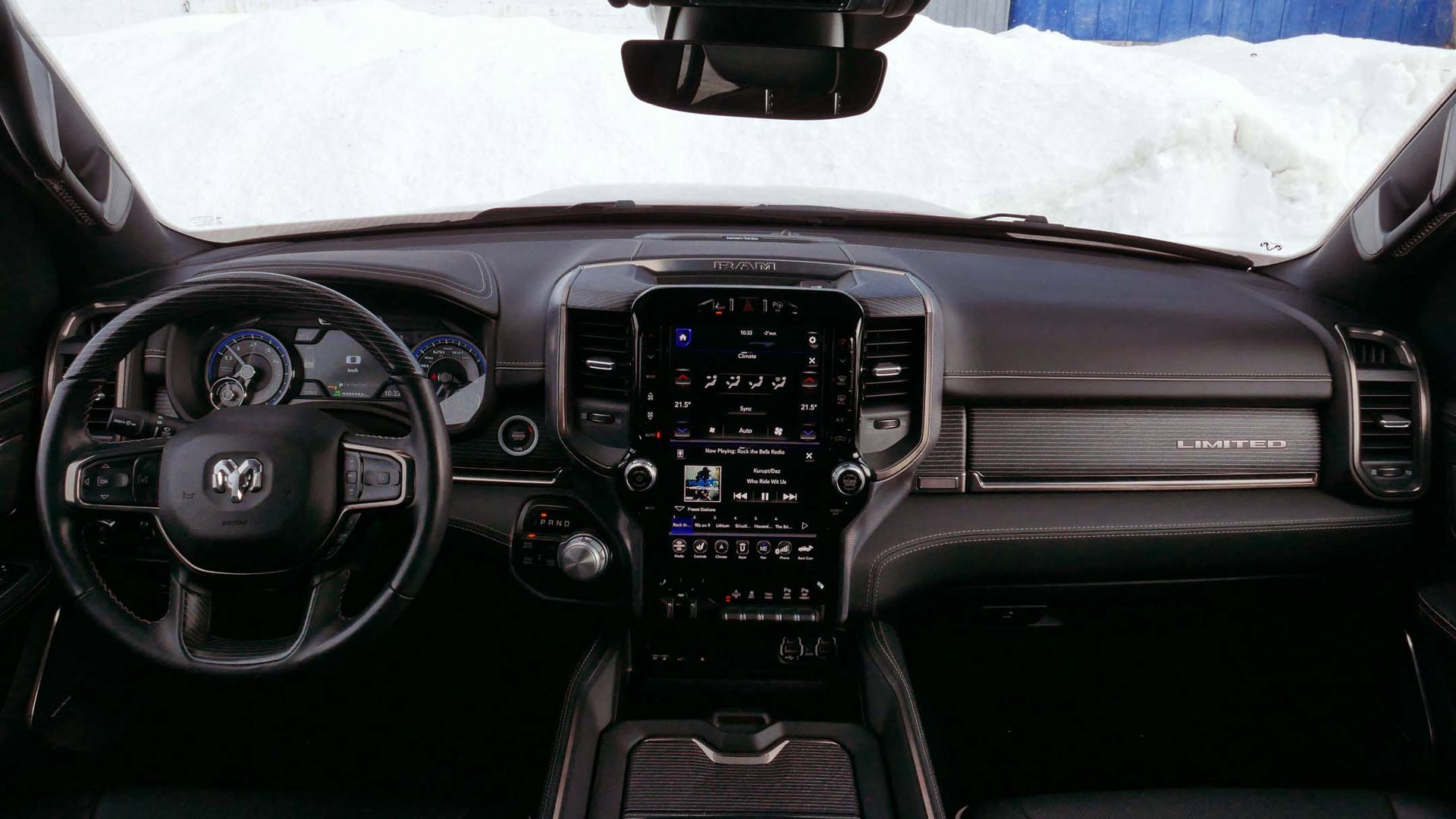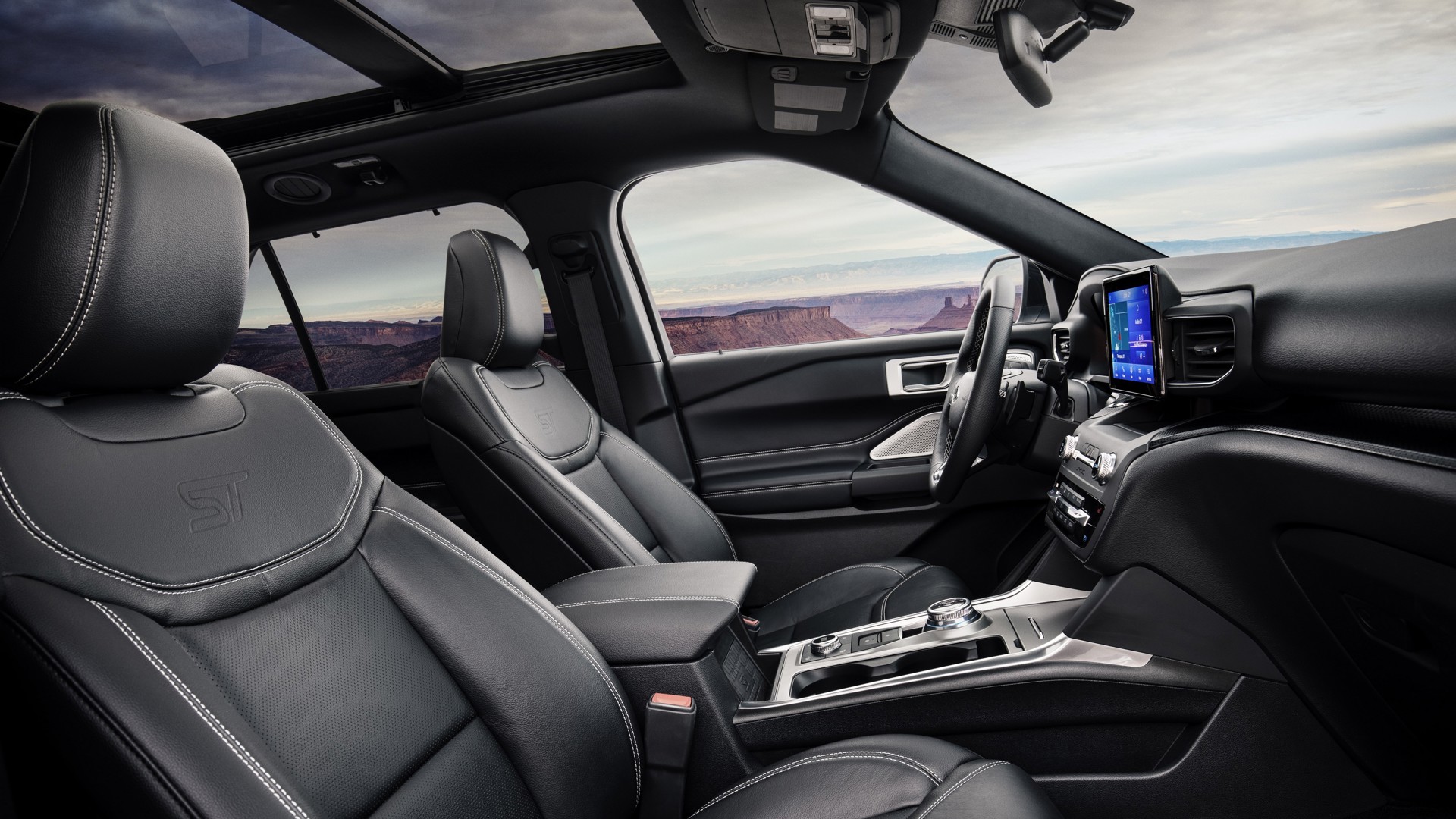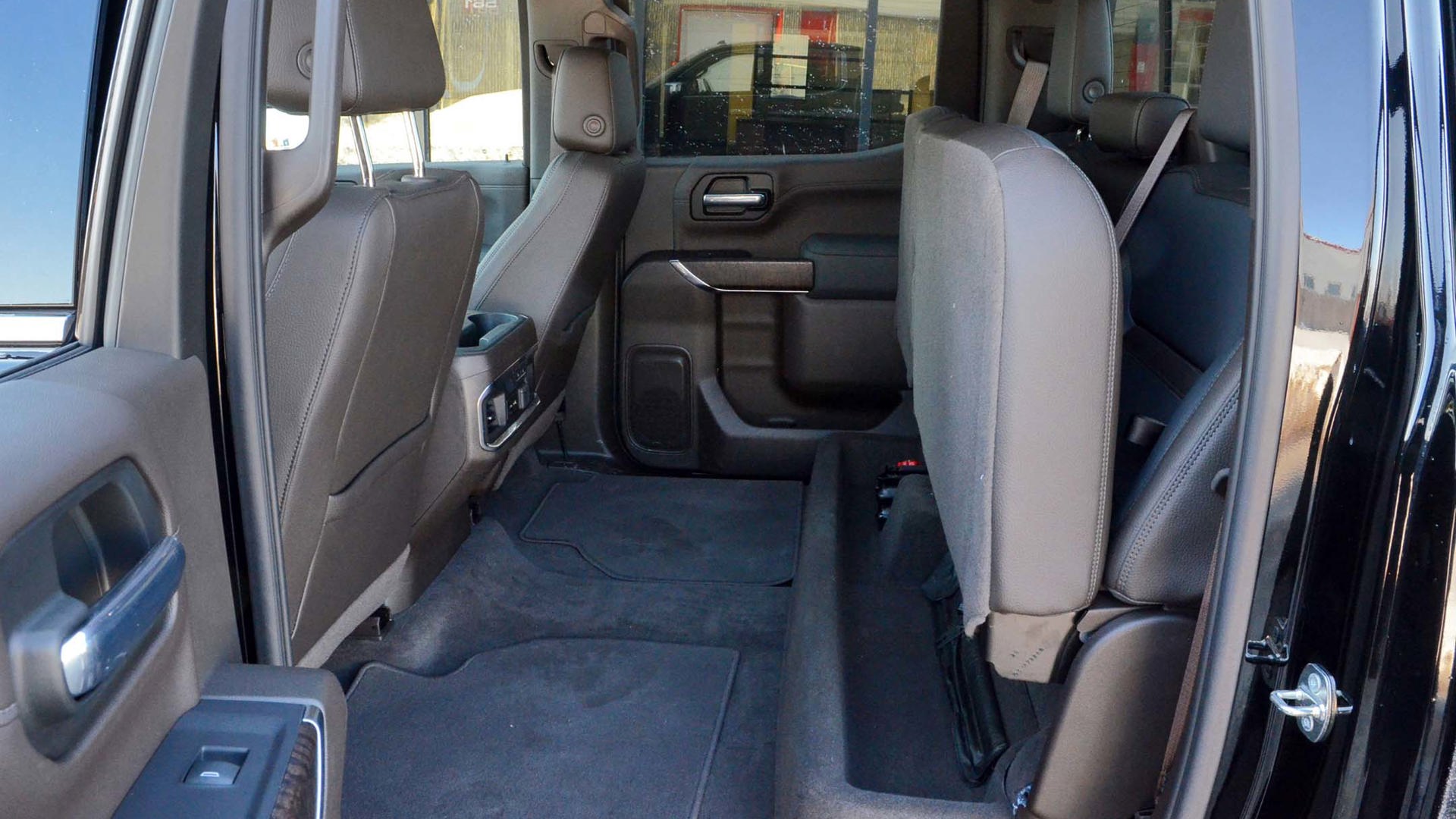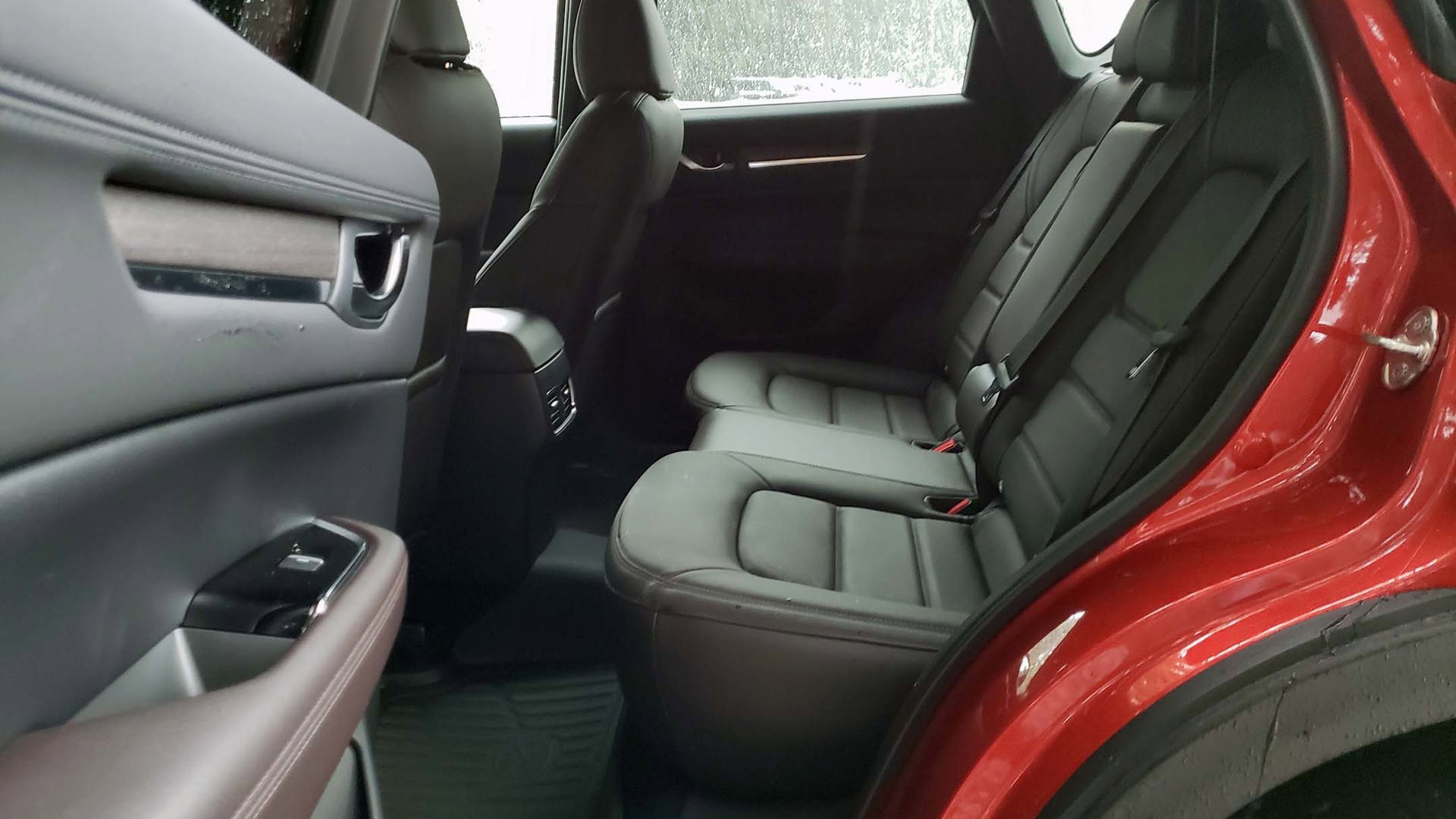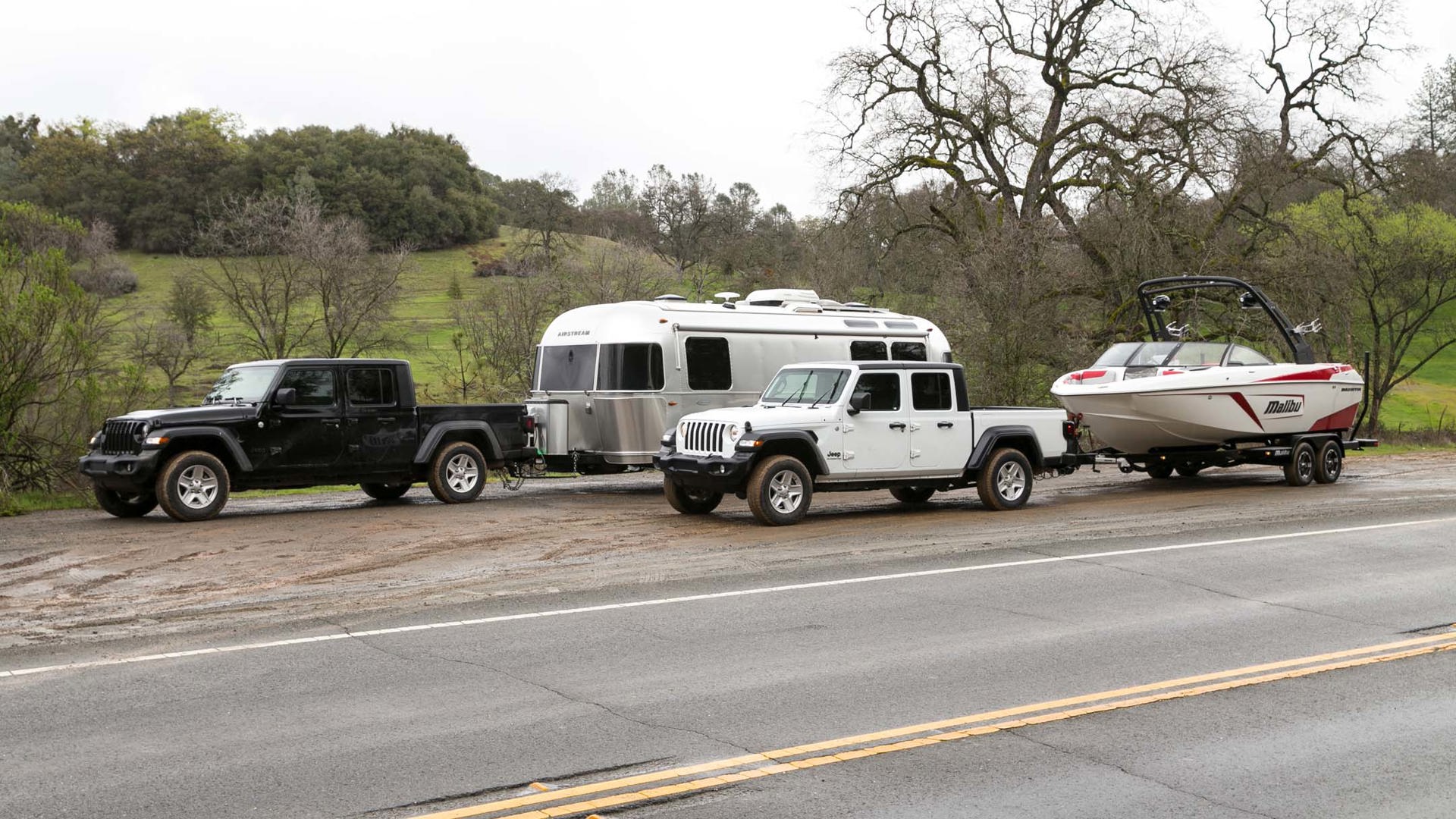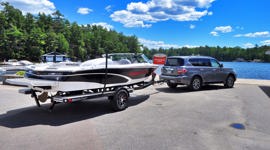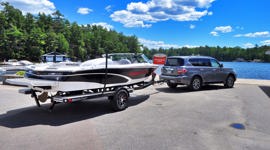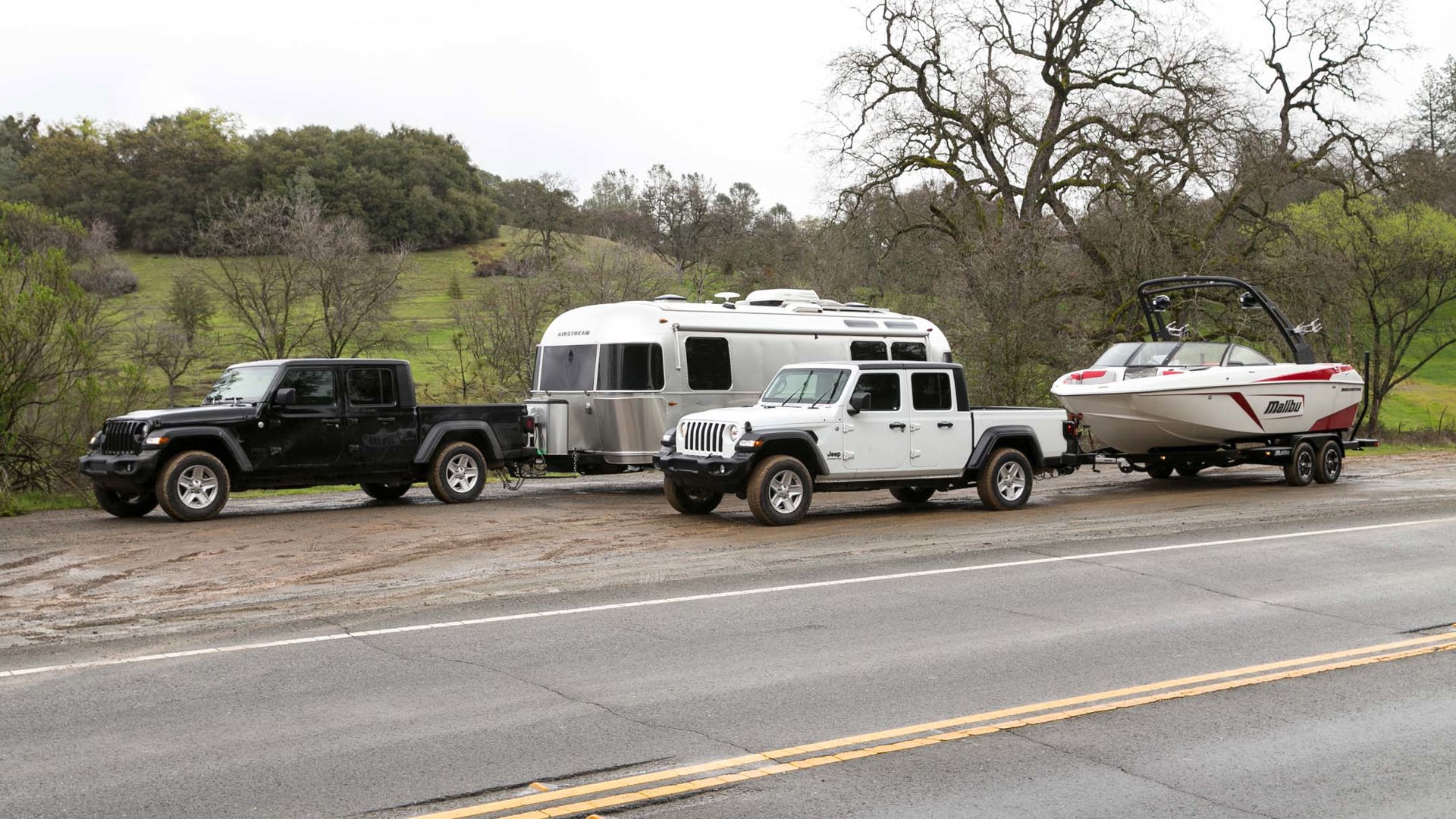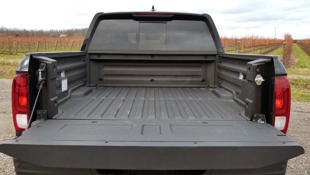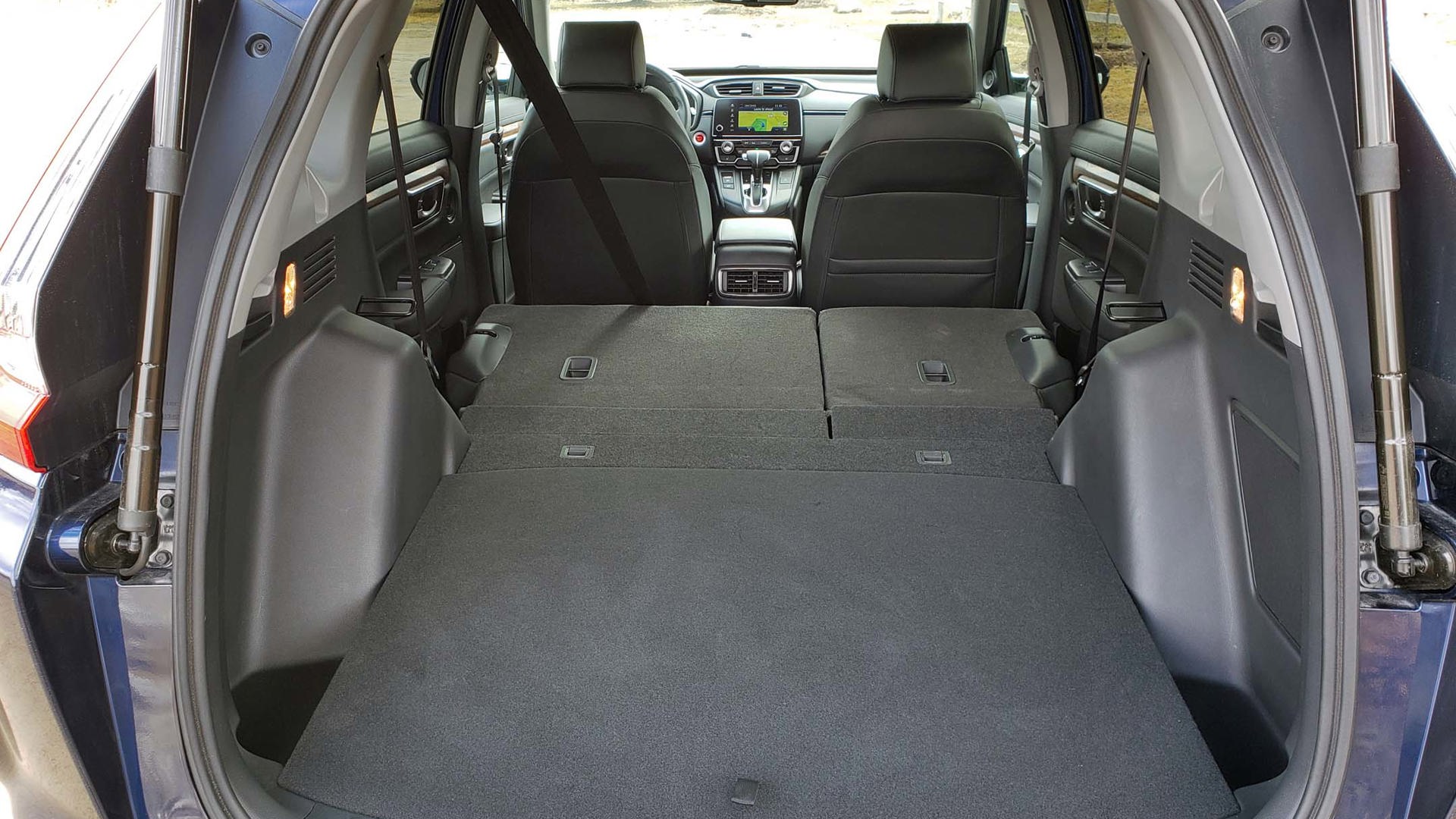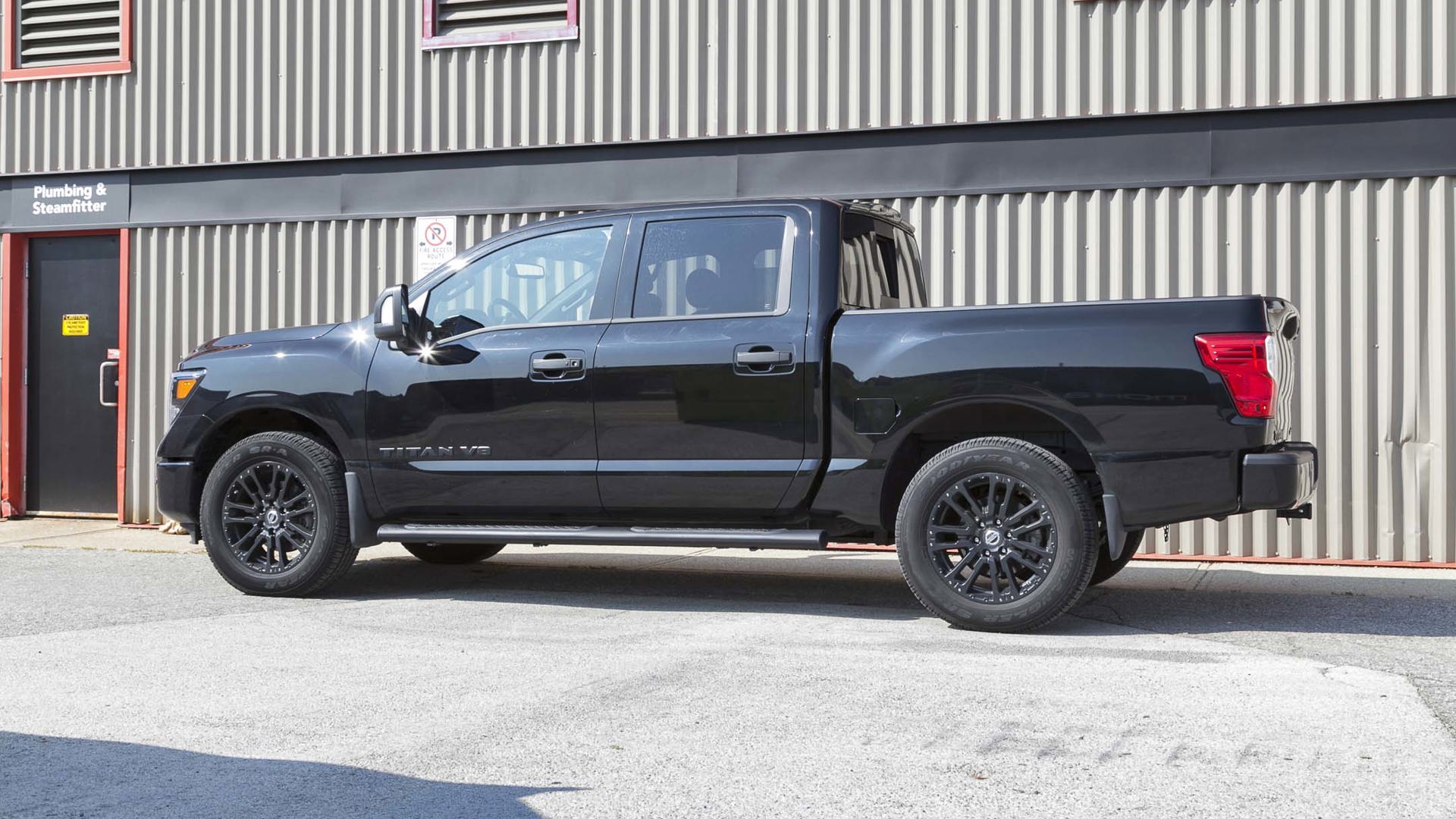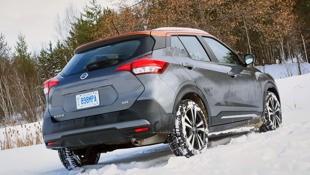Utility vehicles come in many shapes and sizes – and two of the most common are the pickup truck, and the crossover utility vehicle (CUV).
Neither of these two types of vehicles is better than the other, and neither is the correct, or incorrect, answer. Rather, pickup trucks and CUV’s each come with a unique list of pros, cons, and characteristics. Understand these, and you’ll understand how well the vehicle in question will work for your specific needs, tastes, and lifestyle.
Below, we’ll get into some details and examples, which may help you make a more informed decision about whether a pickup truck or crossover is best for you and yours.
What About SUVs?
There used to be a clear divide between the sport utility vehicle (SUV) and the crossover (CUV). The term “SUV” would refer to vehicles built similarly to trucks (“body on frame”, where the passenger and cargo compartment sits atop the chassis or vehicle frame), while a “crossover” would refer to vehicles built similarly to hatchbacks and wagons (“unibody” or “monocoque”, where the body and frame are designed as a single structure).
Over time, more and more SUV models began to use monocoque construction for a variety of reasons, including on-road handling, cabin space, lighter weight (and therefore better fuel efficiency), and ease of manufacturing. Today, most vehicles referred to as SUVs are in fact crossovers under the traditional definition. For this article we’ll focus on the crossover, for its more car-like characteristics.
If you’re in the market for a body-on-frame SUV, note that they’ll typically split the difference between a truck and a crossover; shop carefully if you have specific requirements, like towing capacity, since these can vary not only between models and trim levels, but also option packages.
Selection
Crossover shoppers have more options than pickup truck shoppers in the Canadian market. Largely, that’s because the crossover is one of the most popular vehicle genres on the scene today, and options are numerous.
Whereas most automakers offer multiple crossover models in a variety of different sizes, most automakers do not offer a pickup truck at all – and those who do typically offer two, or less.
Translation? If you like choices, and want the highest likelihood of getting exactly what you want from a new utility vehicle, a crossover might make a better choice.
Note that crossovers can range from small and city-friendly (like the Jeep Renegade, Mazda CX-3, or Honda HR-V) to large and family-ready (like the Toyota Highlander, Nissan Pathfinder, or Chevrolet Traverse).
Conversely, Canadian pickup truck options tend to be mid-size (like the Chevrolet Colorado / GMC Canyon, or Nissan Frontier) or full-size (like the Ford F-150 and Ram 1500).
All said, it’s the crossover, not the pickup truck, that gives you the most options for sizing the vehicle perfectly against your needs, budget, and locale.
For Hard Work
If you’ll work your vehicle hard, perhaps by frequently towing a heavy trailer, plowing snow, frequently driving on rough roads or off-road terrain, or with frequent use on a jobsite, a pickup truck might be better for you. That’s because pickup trucks are typically built on tougher, more robust (read: more truck-like) platform that’s designed to take a beating and be worked hard. Towing capacities in a pickup are higher than in a crossover, all else being equal.
Conversely, crossovers are typically more car-like in their construction. While they can carry cargo and many are set up for towing, their weight and tow ratings are not going to be a match for a pickup truck. The cargo area itself will also be designed for lighter objects, with soft materials that can prove harder to clean.
All said, pickup trucks are better suited to more challenging, heavier-duty work, especially when it comes to heavy towing. So, if you’ll regularly work your vehicle hard, a pickup truck might be the best choice for you.
Comfort
Comfort can be defined by numerous factors – including the ease of entry and exit, ride quality, noise levels, the driving position, and more.
In general, most shoppers will find a crossover easier to board and exit than a pickup. This is because, in most cases, a crossover sits lower to the ground, and requires less of a hop or jump to get on board. In fact, many crossovers can be boarded with a simple sideways butt-slide, rather than a hop up to your seat.
Conversely, some shoppers find comfort in sitting up high – via an elevated and in-command driving position. For this shopper, the pickup truck might make the best choice. Most provide a seating position higher than a crossover. This is a matter of personal choice.
On ride comfort, there’s no clear winner between the two. Many pickup trucks boast excellent ride quality, with some bordering on luxury-sedan comfort levels. Further, a pickup truck tends to handle rougher roads and trails with more comfort than a crossover – thanks to its heavier-duty construction, tires, and suspension. If you’ll frequently drive down rough roads or trails, you’ll likely find a pickup truck does a superior job of maintaining ride comfort, and a feeling of durability, when the going gets rough.
Of course, many variables are at play. Assess the ride of any vehicle you’re considering yourself, by spending some quality time test-driving it down the roughest road you can find.
The Drive
Some shoppers prefer the solid, heavy and sturdy feel of a pickup truck, while others prefer the more compact and car-like feel of a crossover. This is largely a matter of taste.
Crossovers tend to be smaller and more easily maneuverable, and they tend to drive, handle, and conduct themselves more like a large car.
Conversely, pickup trucks tend to be larger, less agile, and may prove more difficult to manoeuvre or park in tight quarters. On the other hand, they also tend to feel more planted and substantial during cruising, which some drivers prefer.
Utility
In a crossover, everything you’ll bring along for the drive rides inside of the vehicle – where it’s protected from the elements, extremes of temperature, prying eyes, and potential theft.
In a pickup truck, larger items typically ride in the box – where they may be less protected. Of course, various accessories like locking tonneau covers and in-bed organizers can be added (at extra cost) to the pickup of your choosing, which allows you to set up the cargo capability to taste.
Note that many pickup trucks, especially four-door models, offer up abundant on-board space within the cabin. For instance, many pickup trucks have rear seating quarters sufficient to transport two or three adults in comfort, though this space can double as a high-volume cargo area when needed.
This all depends on what you’re hauling around most commonly – so consider that before making a decision. Are you more likely to be hauling dirt bikes, or groceries? Worksite equipment, or hockey gear?
Also, consider how often you’ll need to tow and haul. For instance, a crossover and trailer may be a better choice than a pickup truck for some shoppers (or vice versa).
Fuel Economy
Fuel economy varies widely between all pickup and crossover options on the scene, but some points remain worth knowing.
First, pickup trucks are primarily designed to pull heavy things, tackle challenging terrain, and to give their driver lots of torque and traction. For these reasons (and others), pickup usually have big, powerful engines that use plenty of fuel.
With typically-lower towing capacity and a more general-purpose design, crossovers tend to offer better fuel economy, thanks in no small part to their generally lighter weight, and the common use of a smaller, car-based engine under the hood.
Some pickup trucks are exceptionally easy on fuel, if the shopper opts for a (typically extra-cost) diesel engine option, for instance. Some models (Ford, GM, others) are beginning to offer smaller, power-dense gasoline turbo engines, which offer ample performance with reduced fuel consumption.
Finally, some crossover models achieve excellent mileage primarily due to their size. Even a small pickup truck these days is a larger vehicle with a larger engine – though some crossover models are so compact, they’re hardly larger than a small car. This means that they can be powered by a small, fuel-efficient engine.
All else being equal, a crossover is generally easier on fuel than a pickup – sometimes considerably so – though there are exceptions.
When making your decision between a pickup and a crossover, consider how often you’ll use the capability of a pickup truck versus that of a crossover (perhaps with a trailer). A bigger and thirstier pickup truck will tend to put a bigger dent in your fuel bill than a crossover, whether you’re using its capability or not.
Some shoppers love the convenience of having pickup truck capability at their disposal at all times – even if it means a higher fuel bill when they’re just running out to pick the kids up from school.
Other shoppers prefer to drive a smaller crossover, and to rent a trailer (or borrow a pickup truck) for occasional use when needed, rather than fuelling a thirstier vehicle at all times.
Costs
Fuel cost differences aside, crossovers tend to be more affordable than pickup trucks, often considerably.
Partly, that’s because of compact crossovers. Some crossovers are small in size, and come with a small price-tag – including the Hyundai Kona, Nissan Kicks, and Ford EcoSport.
On the larger side of the equation, a large, fully loaded mainstream crossover (perhaps, the Honda Pilot) can be had for about $50,000. A fully loaded mainstream large pickup truck tends to cost many thousands more.
Conclusion
The choice between a truck and a crossover comes largely down to capability, environment, cost, and personal taste. Modern trucks and crossover are versatile machines that can comfortably serve a variety of households, and the best vehicle for you may not be the most obvious choice. When shopping for your next vehicle, first consider the hard requirements – you might find that list of potential candidates is longer than you expected.
